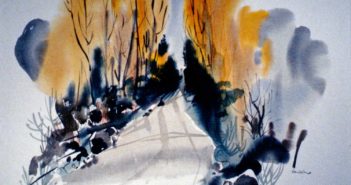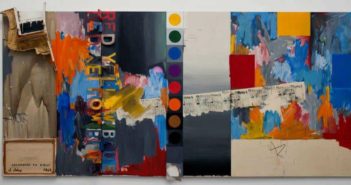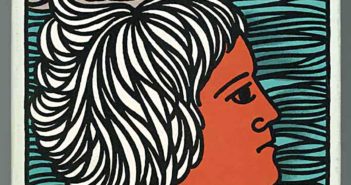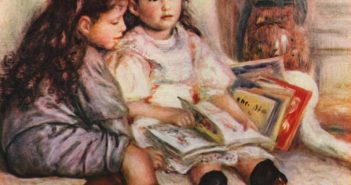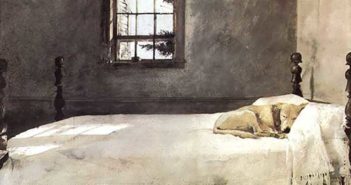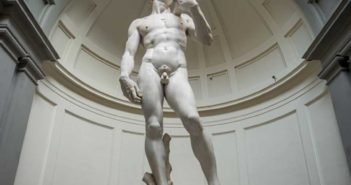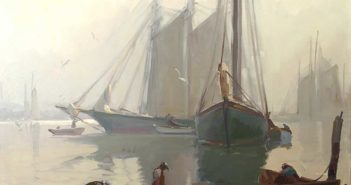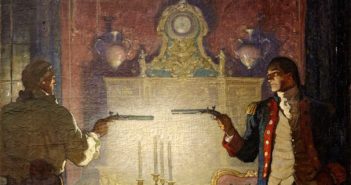
The dynastic artist
Studies have shown that if you gather a bunch of nine-year-olds in a gymnasium and describe to them the physics of a back handspring, you’ll see in return a collection of head cocks and fidgets. Instead, researchers noticed that kids will jump to their feet when an actual gymnast performs this right in front of them. A back handspring — like a life in art — is perhaps easier to attempt when you’ve witnessed someone else doing it.

